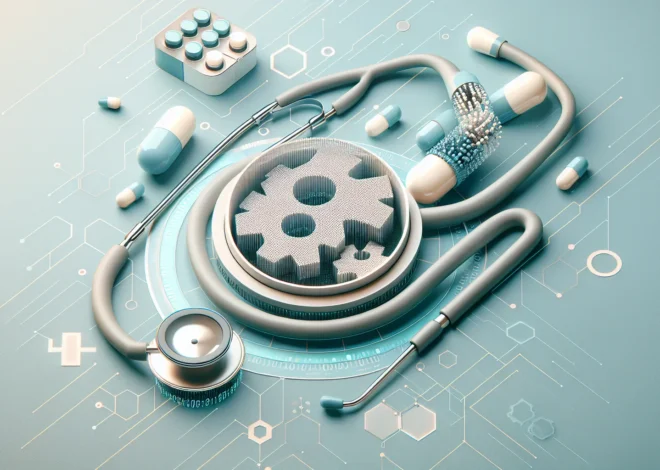
The Code of Life: What the Nobel Prize in Medicine Teaches Tech About Self-Regulation and AI
Every year, the Nobel Prize announcements capture the world’s attention, celebrating breakthroughs that fundamentally shift our understanding of the universe. While a prize in medicine might seem distant from the world of code, cloud infrastructure, and quarterly sprints, the 2018 award for physiology or medicine holds a mirror to the very challenges we face in technology today. The prize, awarded to James P. Allison and Tasuku Honjo, honored their discovery of how to release the “brakes” on our immune system to fight cancer. But look closer, and you’ll find a masterclass in system design, self-regulation, and the critical art of distinguishing “friend” from “foe”—a lesson every developer, cybersecurity expert, and startup founder needs to learn.
The core of their discovery isn’t about adding a new weapon to our biological arsenal; it’s about understanding the sophisticated safety protocols that are already built-in. It’s about the system’s own, deeply embedded, regulatory framework. And in that, we find a powerful blueprint for building more intelligent, resilient, and secure technological systems.
Nature’s Ultimate Automation: The Immune System’s Brakes
To appreciate the genius of this biological system, you first have to understand the immense power of our immune system. Think of it as the most advanced, fully automated security software imaginable. It’s a distributed network of agents—our immune cells, particularly T-cells—constantly patrolling our bodies. Their one mission: seek and destroy invaders like bacteria, viruses, and even our own mutated cancer cells.
This is an incredibly aggressive system. If it were left unchecked, it would be like deploying a security script with `sudo` privileges and no “are you sure?” prompts. It would attack everything, including our own healthy tissues, leading to autoimmune diseases like lupus or rheumatoid arthritis. The body would literally tear itself apart.
So, how does nature prevent this? It evolved a set of “brakes,” or checkpoints. Allison and Honjo independently discovered two of these critical braking proteins, CTLA-4 and PD-1. These proteins act as off-switches on the surface of T-cells. When a T-cell encounters another cell, these checkpoints help it ask a crucial question: “Are you one of us?” If it’s a healthy body cell, the brakes are applied, and the T-cell moves on. It’s a beautifully elegant piece of biological programming that ensures the system’s power is precisely controlled.
The breakthrough for cancer therapy was realizing that some cancer cells cleverly exploit these brakes, effectively telling the T-cells, “Nothing to see here, move along,” allowing them to grow undetected. The new therapies block these brakes, essentially giving our immune system the green light to recognize and attack the cancer it was previously ignoring. This is not about introducing a foreign chemical to kill cancer; it’s about fine-tuning our own internal automation to do its job better.
The Cybersecurity Parallel: A Zero-Trust Architecture for the Body
For anyone working in cybersecurity, this story should sound incredibly familiar. We are constantly building systems that need to distinguish legitimate users and internal traffic (“self”) from malicious actors and threats (“non-self”).
Consider the modern concept of a Zero Trust Architecture. The old model of network security was a castle-and-moat approach: trust everything inside the firewall, be suspicious of everything outside. But we learned that once an attacker is inside, they have free rein. The immune system, however, has operated on a Zero Trust model for millennia. It doesn’t inherently trust any cell. It constantly verifies.
Every T-cell is like a microservice or an endpoint security agent that is constantly authenticating the cells it interacts with. The CTLA-4 and PD-1 checkpoints are analogous to sophisticated authentication protocols or API gateways. They are the mechanisms that prevent a “friendly-fire” incident, where your own security software starts quarantining critical system files or blocking your CEO’s access because of a false positive. The development of these immune therapies is like a security team finding a flaw in the authentication handshake that malware was exploiting and patching it to restore proper threat identification.
This biological model shows us that the most robust security isn’t just about having the most aggressive defense, but about having the most intelligent and reliable system of checks and balances. It’s a lesson we can apply directly to designing better security platforms using AI and machine learning to reduce false positives and more accurately identify true anomalies.


